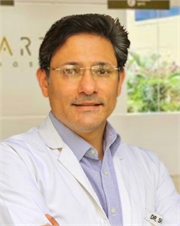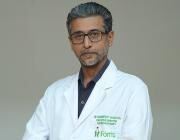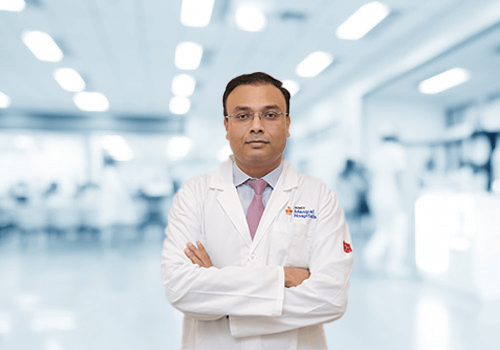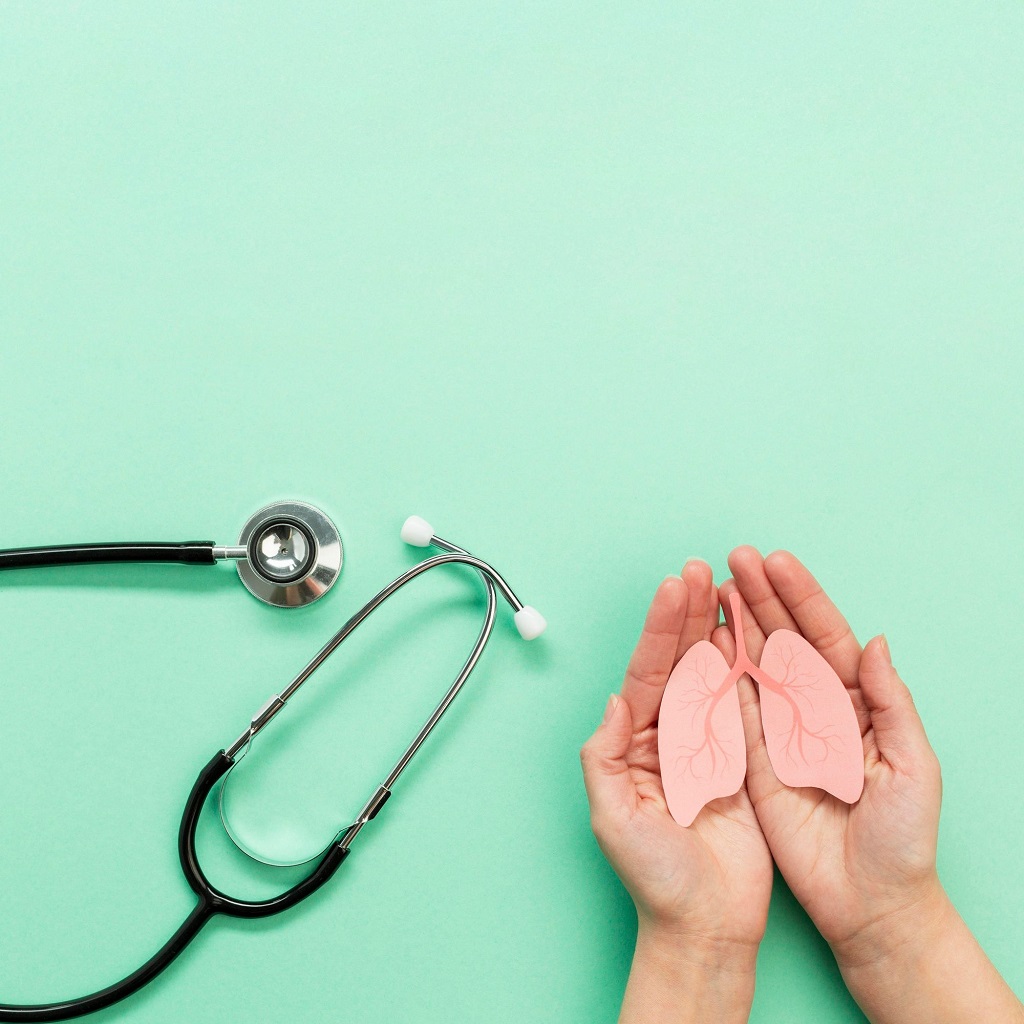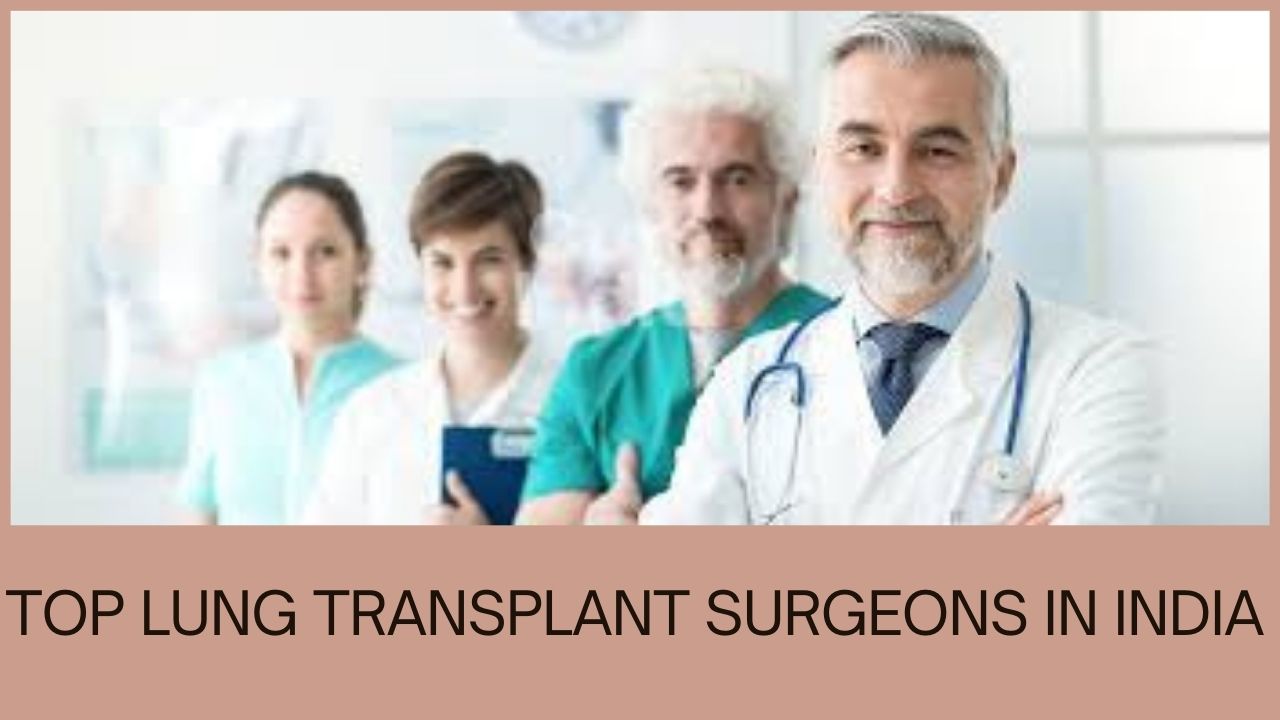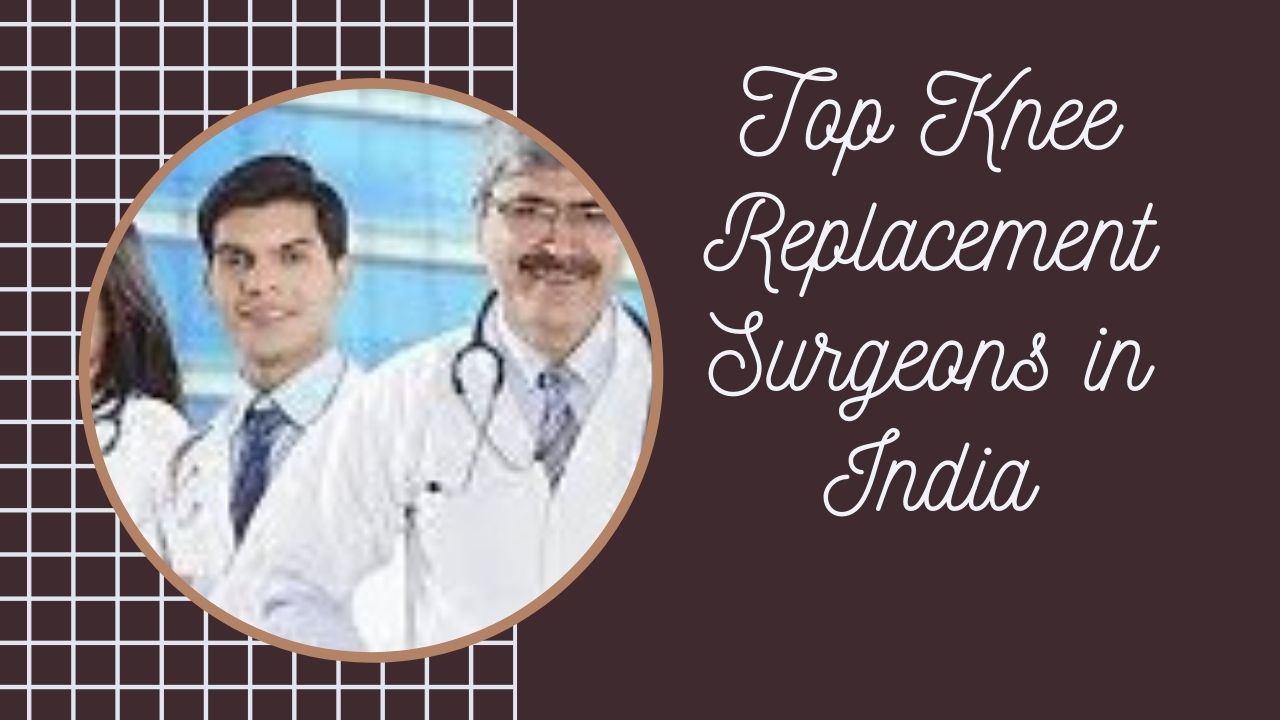About the Doctor
Dr. SK Rajan is an ‘AO International’ Certified Spine Surgeon who brings with him over 15 years of experience in the surgical arena accumulated from a wide variety of Institutions from around the Globe.
Specialization
- Neurosurgery
- Spine Surgery
Awards
• 2010 – Recipient of coveted World Federation of Neurosurgical Societies Travelling Fellowship to the USA
• 2014 – Recipient of Global Healthcare Excellence Award for Excellence in Spine Surgery
• 2015 – Recipient of 2015 Leaders Award for Leader in Treatment of Spinal Disorders
• 2016 – Recipient of National Healthcare Excellence Award for Best Neurosciences team of the year
Frequently Asked Questions About Neurology/ Neurosurgery
What is Aneurysm Surgery?
Aims of the surgery include clipping the neck of the aneurysm to prevent re bleeding, to remove the clots – which decreases the severity of vasospasm and to do third ventriculostomy [alternative opening for CSF pathway] to decrease the chances of hydrocephalus.
Neuroanesthesia specialist and internal medicine consultants will pay visit to you and assess fitness with test including blood tests, X- rays and other radiological tests, Dobutamine stress echocardiogram for cardiac fitness, cerebral angiogram to access the anatomy of aneurysm and like. Other specialist may also see you on as and when required basis. Blood grouping and typing will be done so as to be ready for blood transfusion if you so need. Blood may be required to be reserved but transfusion will depend upon the intraoperative blood loss.
Once fit for procedure, a fasting period of 6 hours will be required for anesthesia.
Surgery will be done under general anesthesia. Informed consent will need to be signed so as to permit the surgeon and anesthetist to undertake procedure in good faith. Consent form enumerates the disease process, reasons for undergoing surgery, benefits to expect, risks involved, alternative procedures if any, identifies operating surgeon and needs your informed consent along with a witness signature.
Once in operation theatre, general anesthesia will be introduced by asking you to breath through a mask. Procedure involves a skin incision on the part of head corresponding to the aneurysm, creating a window through the skull bone, localizing the aneurysm and safe clipping of aneurysm.
Bone flap will be replaced and fixed. The wound is closed with or without drainage tube which is subsequently removed next morning. Anesthesia may be reversed in operation theatre or continued in the I.C.U. for brain protection.
Breathing exercises and anti- embolic stockings help in healthy recovery. Subsequently with a physiotherapist mobilization will be done. After a day or two stay under observation in ICU transit to ward will happen. Discharge from hospital will happen by four- five days after surgery. Physiotherapist will assist and teach you maneuvers which are to be continued even after discharge. Stitches may either be self dissolving, subcuticular (buried) or may require to be removed six to eight days after surgery. Check CT scan will be done in post-operative period to confirm post operative status.
Although surgery is relatively safe, it dose carries certain associated risks. The incidence of risks this surgery in our hospital are low and are comparable to any other advanced neurosurgical centre.
Surgical complications include but are not restricted to:
1.1) Operative site bleeding – can produce haematoma and may require further surgery for removal if patient shows worsening in consciousness level or if the clot is significant.
1.2) Post-operative seizures – prevented by adequate anti-convulsants drugs.
1.3) Infection – meningitis – which may require injectable antibiotics for few weeks and prolong the hospital stay.
1.4) Developing fresh neurological defects – may not be related to surgery but more due to vasospasm. It is prevented post-clipping by maintaining adequate blood pressure to increase the blood supply to the brain. Inspite of all the efforts the chances of postoperative deficits is seen in nearly one-third patients which usually recovers over time in significant number of patients.
1.5) Chest infections – particularly in elderly or patients who are bed ridden for long time.
1.6) Secondary complications due to bed ridden state.
1.7) Local wound infections – rare require antibiotics and local dressings.
1.8) Hydrocephalus – which may require a CSF diversion procedure like VP shunt.
1.9) Prolonged ICU may be required as delayed neurological complications may occur because of spasm of the blood vessels of the brain or hydrocephalus.
Generally life risk for patients undergoing surgery without any previous medical illness is 2 – 5 % and risk of complications is 10 to 15 % depending upon location of aneurysm and severity of bleed. The risk to life and complications increase depending upon the above factors or if patient is in poor neurological status before surgery.
What are the treatments for Head Injury?
(A) Self-Care at Home PFE (Neuro) # 86 Minor head injuries may be cared for at home.
- Bleeding under the scalp, but outside the skull, creates “goose eggs” or large bruises at the site of a head injury. They will go away on their own wit time. Using ice immediately after the trauma may help decrease their size and ice should be applied for 20-30 minutes at a time and can be repeated about every 2-4 hours as needed. There is little benefit after 24 hours.
- When a minor head injury results from a fall onto carpet or other soft surface and the height of the fall is less than the height of the person who fell and there is no loss of consciousness, a doctor’s visit is not usually needed. Apply ice to lessen swelling.
(B) Medical Treatment Treatment varies widely depending on the type and severity of injuries.
-
- Minor head injuries are often treated at home as long as someone is available to watch the person.
- Bed rest, fluids, and a mild pain reliever such as acetaminophen may be prescribed. Ice may be applied to the scalp for pain relief and to decrease swelling.
- Cuts will be numbed with a medication usually given by injection. They will then be cleansed. The doctor will then look for foreign matter and hidden injuries. The wound usually is closed with skin staples, stitches (sutures), or special skin glue. An immunization to prevent tetanus will be given if needed.
- People with serious closed head injuries are always admitted to the hospital for observation and repeated studies to assure that the condition does not worsen.
- Occasionally a head injury may cause elevated pressure within the skull. An intracranial pressure (ICP) monitor probe may be surgically inserted into the brain through the skull to measure the pressure. If the pressure rises too high, it may be necessary to do surgery to decompress the brain. Death is possible.
- Medication to prevent seizures may be given to prevent or treat seizures that occur from the head injury.
- Antibiotics are usually not required in closed head injuries.
- Minor head injuries are often treated at home as long as someone is available to watch the person.
PFE (Neuro) # 86
-
- When there is a closed head injury with bleeding inside the skull or penetrating head injuries, the doctor must consider the location of the bleeding, severity of the symptoms, any other injuries, and progression of symptoms. Surgery may be needed along with antibiotics to prevent infection and a breathing tube inserted (intubation) to help prevent further brain injury. Angiography may be performed.
What is the treatment of cluster headaches?
There are two approaches to treat cluster headaches: abortive and prophylactic. Abortive treatment is taken to stop the headaches. Prophylactic treatment is used to abolish or shorten the cycle of headaches.
Abortive treatments include inhalation of 100% oxygen at 8-10 liters/minute using a non-rebreathing facemask for 10-15 minutes along with a triptan such as sumatriptan (nasally, or under the skin) or an ergot such as DHE (intravenously, under the skin, or intramuscularly).
A calcium channel blocker, verapamil is the medication of choice for prophylactic treatment of cluster headaches. Other prophylactic medications include valproate, ergotamine, lithium, and methysergide. Prophylactic medications usually are begun early during a cycle of cluster headaches and continued for two weeks longer than the usual cycle. The dose of medication then is reduced gradually.
What is Meningitis?
Meningitis is an inflammation of the meninges, the membranes that cover the brain and spinal cord. It is usually caused by bacteria or viruses.
What is the treatment for moderate to severe migraine headaches?
Migraine-specific abortive medications usually are necessary for moderate to severe migraine headaches which instead of relieving pain; they abort headaches by counteracting the cause of the headache, dilation of the temporal arteries e.g.
(A) Triptans (Sumatriptan) should be used early after the migraine begins, before the onset of pain or when the pain is mild. Using a triptan early in an attack increases its effectiveness, reduces side effects, and decreases the chance of recurrence of another headache during the following 24 hours. Used early, triptans can be expected to abort more than 80% of migraine headaches within 2 hours. Triptans should not be used in pregnant women and are not generally used in young children.
(B) Ergots include ergotamine preprations (Ergomar, Wigraine, and Cafergot) and dihydroergotamine preparations (Migranal, DHE-45). The ergots should not be used in pregnant women because they can cause prolonged contraction of the uterus and miscarriages.
(C) Midrin is used to abort migraine and tension headaches. It is a combination of isometheptene (a blood vessel constrictor), acetaminophen (a pain reliever), and dichloralphenazone (a mild sedative). It is most effective if used early during a headache; however, because of its potent blood vessel constricting effect, it should not be used in patients with high blood pressure, kidney disease, glaucoma, atherosclerosis, liver disease, or taking monoamine oxidase inhibitors.
(D) Narcotics and butalbital-containing medications sometimes are used to treat migraine headaches; however, these medications are potentially addicting and are not used as initial treatment. They are sometimes used for patients whose headaches fail to respond to OTC medications but who are not candidates for triptans either due to pregnancy or the risk of heart attack and stroke.
What are the Stroke prevention and treatment?
Prevention
- lifestyle modification -maintaining healthy weight, lowering cholesterol Levels, exercising etc
- Modification of risk factors
Treatment
If you have a stroke, it must first be determined which kind of a stroke it is so that proper treatment can be given. The neurologist asks for a CT head plain to determine whether it is an ischemic or hemorrhagic stroke. If the stroke is determined to be ischemic (due to a blood clot), the interventional radiologist will assess what caused the clot, such as a clogged carotid or other artery, and can correct the underlying problem to prevent future strokes from occurring.
Treatment to Dissolve Blood Clots
A clot-busting drug, tPA (tissue plasminogen activator) can be given intravenously to break up or reduce the size of blood clots to the brain. This technique must be performed within three hours from the onset of symptoms. If not possible, intraarterial thrombolysis treatment is another option. You can return to normal life with minimal or no after effects from the stroke.
Treatment to Open Narrowed Carotid Arteries
- Angioplasty and stenting to treat those having an acute stroke
- Carotid Endarterectomy Surgery
Treatment for Hemorrhagic Stroke
- Surgery
- Embolization technique
What is Vertigo?
Vertigo is the feeling that you or your environment is moving when no movement occurs. Imprecisely called dizziness, it is described as an illusion of movement.
What is the treatment for parkinson’s disease?
